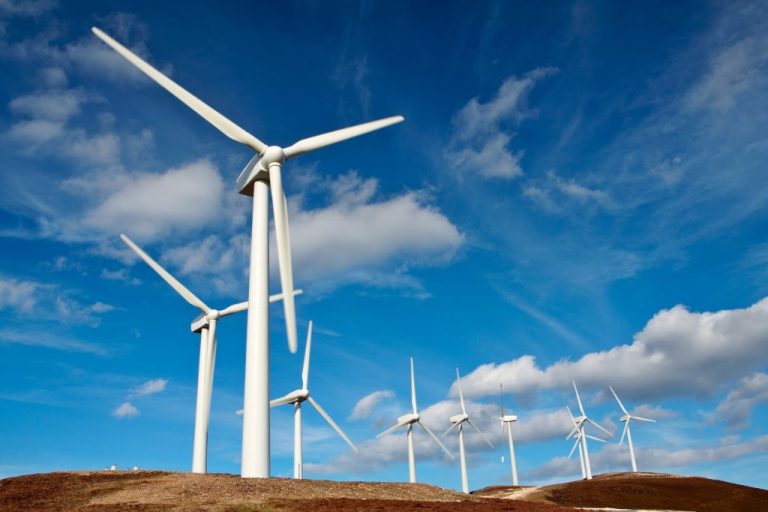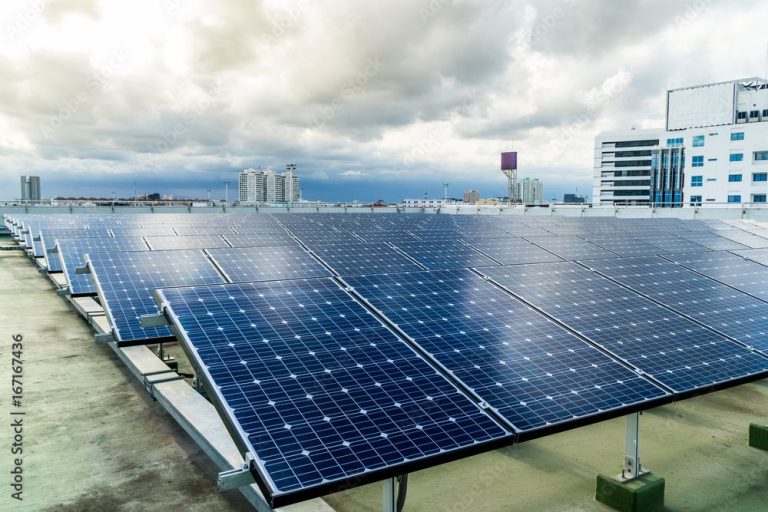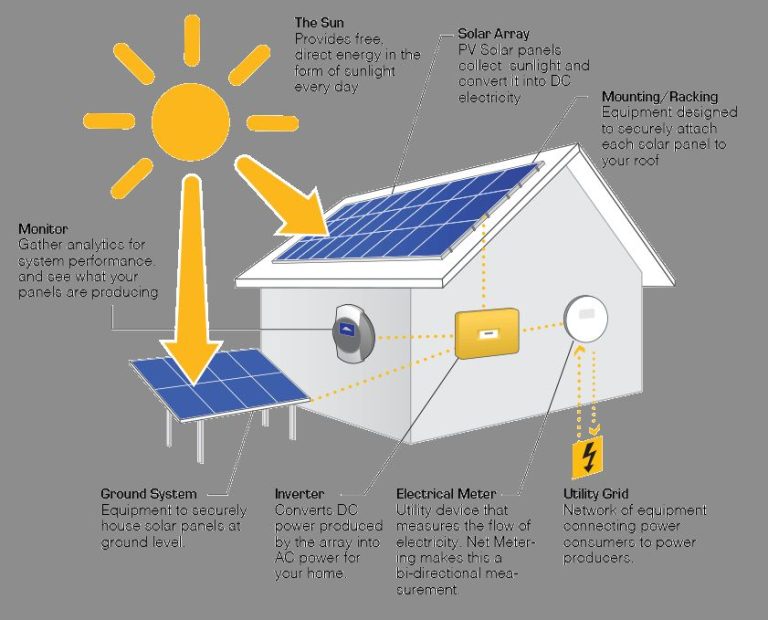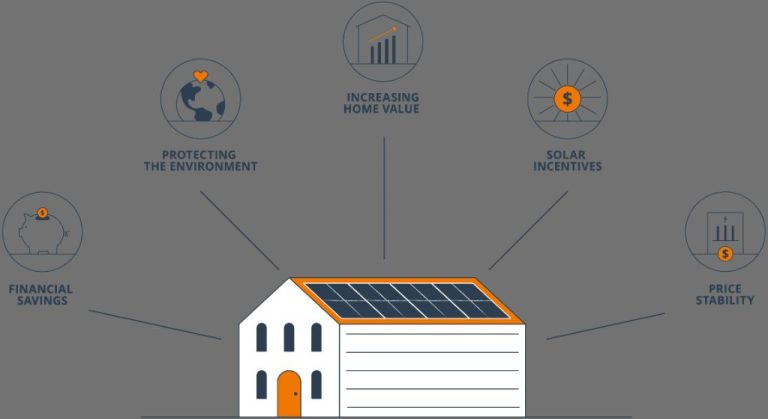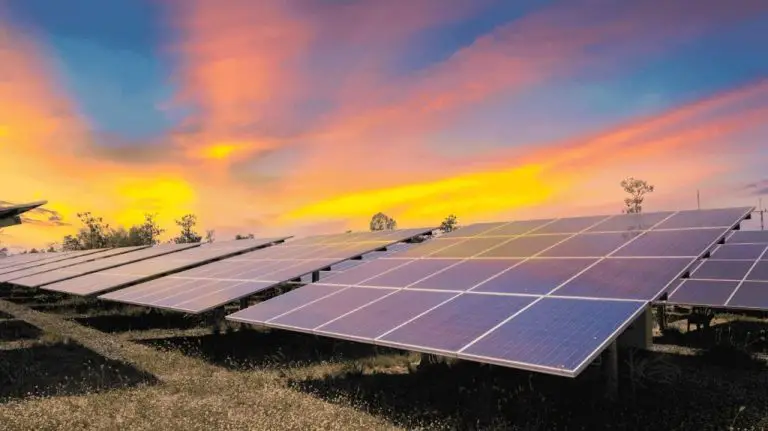Can Renewable Energy Really Provide Enough Power?
Renewable energy has become an increasingly important part of our energy mix as countries around the world seek to reduce greenhouse gas emissions and mitigate climate change. However, there is an ongoing debate about whether renewable sources like solar, wind and hydropower can realistically provide enough energy to power the world.
Advocates argue that with continuing cost declines and technological improvements, renewables have the potential to fully displace fossil fuels. Critics counter that the intermittent nature of renewables makes them unreliable for providing baseload power, and that we will continue to depend significantly on fossil fuels.
This article examines the growth of renewables, their future potential, and the key challenges that must be overcome for them to become the world’s dominant energy source.
Current Share of Renewables
Renewable energy sources currently account for over 29% of global electricity production as of 2022 according to Our World in Data (https://ourworldindata.org/renewable-energy). This share has grown substantially in recent decades. In 1990, renewables accounted for just 16% of global electricity. The growth has been driven by investments in wind, solar, hydro and other renewable technologies.
The largest share of renewables comes from hydropower at around 16% of global electricity in 2019, followed by wind at around 6%. Solar PV accounts for nearly 3% and is the fastest growing renewable energy source (https://www.iea.org/energy-system/renewables).
The share of renewables varies significantly by country and region. Some countries like Norway and Canada produce nearly all their electricity from hydroelectric dams. Iceland generates 100% of its electricity from renewables, mainly geothermal and hydropower.
Growth of Renewables
Renewable energy is experiencing rapid growth around the world. In the last decade renewable energy has grown at its fastest rate in history. According to the International Energy Agency, renewables accounted for over 42% of global electricity generation in 2028, with wind and solar PV doubling their share to 25% (Source). A forecast by Statista predicts an annual growth rate of 3.88% for renewable energy from 2024-2028 (Source). In the United States, renewable energy grew 42% from 2010 to 2020, and 90% since 2000, making it the country’s fastest growing energy source (Source). The rapid adoption of renewables has been driven by falling costs, technological improvements, government policies, and rising demand for clean energy.
Potential of Renewables
Studies have shown that renewable energy sources have immense potential to meet and even exceed current and future energy demand globally. According to the National Renewable Energy Laboratory’s (NREL) Renewable Energy Potential (reV) model, renewable energy sources could generate over 1,400,000 terawatt-hours per year in the United States, which is over 4 times the current U.S. electricity consumption.
The NREL model provides detailed geospatial analysis of the potential for wind, solar, geothermal, biomass, and hydroelectric sources on an hourly basis. It shows that solar PV alone has the potential to generate up to 400,000 terawatt-hours per year, largely from rooftop and utility-scale installations across the Southwest. Wind power could contribute over 550,000 terawatt-hours per year, mostly from onshore and offshore capacity on the coasts and in the Great Plains and Midwest.
According to a study by the New York State Energy Research and Development Authority (NYSERDA), New York has the potential to meet 100% of its electricity from renewable sources like wind, solar, hydropower and biomass. Many other states and countries have conducted similar studies showing abundant renewable resources to meet local or national demand.
In summary, detailed geospatial assessments unanimously show that renewable energy sources like wind, solar, geothermal and hydroelectric have immense untapped potential to generate many times over the world’s current and projected electricity consumption. With supporting infrastructure like transmission and storage, renewables could theoretically supply 100% of energy needs.
Challenges of Renewables
While renewable energy sources have tremendous potential, they also face some key challenges that need to be addressed (Barriers to Renewable Energy Technologies).
One major challenge is intermittency. Many renewables like solar and wind are intermittent – their output depends on weather conditions and time of day. This makes it difficult to perfectly match supply with demand (Challenges in Renewable Energy).
The variability and distributed nature of renewables also presents challenges for transmission infrastructure. New smart grid technologies and significant grid upgrades are needed to handle the two-way flow of electricity (Challenges and opportunities beyond 2021 – Renewable).
Energy storage solutions are critical to enable the integration of more renewables into the grid. Cost-effective grid-scale storage options are still lacking. Developing energy storage technology remains an active area of research and innovation.
While renewables costs have declined, they still need policy support in many markets to compete with entrenched fossil fuels. Slow permitting and approval processes also hamper growth in some regions.
Role of Storage
Energy storage technologies play a critical role in overcoming the intermittency issues associated with renewable energy sources like wind and solar power. As the National Grid explains, “Energy storage technologies allow electricity generated at one time to be used at a later time” (1). This helps deal with the variability of wind and solar generation, allowing excess electricity to be stored and dispatched when needed.
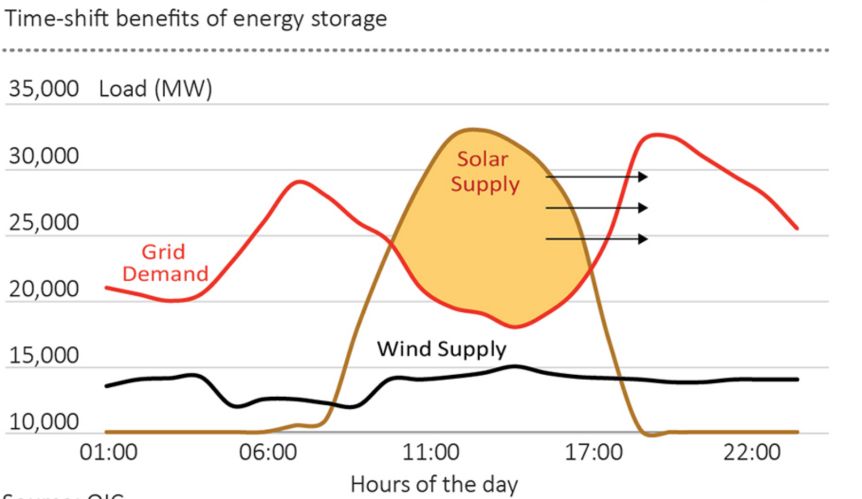
There are several main types of energy storage suitable for renewable energy systems, including batteries, pumped hydro storage, compressed air energy storage, flywheels, and hydrogen storage (2). These technologies can store electricity on timescales ranging from seconds to months. Batteries like lithium-ion are ideal for short-term storage, while pumped hydro can provide seasonal storage. Energy storage smooths out fluctuations in renewable generation and shifts supply to meet demand.
With sufficient storage capacity, periods of excess renewable generation can be captured and dispatched when solar and wind production is lower. This helps maintain reliability and reduce the need for fossil fuel backup generation. Though costs are still high, continued innovation and deployment of grid-scale energy storage will be key to enabling high renewable energy penetration.
Other Solutions
Beyond simply scaling up renewable sources, experts emphasize the importance of improving overall energy systems and infrastructure to support high levels of renewables. For example, modernizing the grid with new transmission lines, smart grids, and energy storage can help integrate more intermittent wind and solar power (UN, 2022). Demand-side management through efficiency gains and load shifting can reduce peak demand and match it better with variable renewable output. Existing hydroelectric power, which offers flexible dispatchable renewable electricity, can also play an important balancing role as more variable renewables come online (Sustainable Review, 2023).
Additionally, emerging renewable technologies like deep geothermal, tidal, and wave power have substantial untapped potential and could supplement growth in wind and solar. For example, enhanced geothermal systems, which extract heat from hot dry rocks deep underground to generate electricity, could provide 100 GW of power in the U.S. alone (UN, 2022). While still needing more development, these sources represent opportunities to further diversify renewable portfolios.
Overall, scaling renewable energy requires optimizing energy systems as a whole, not just installing more wind turbines and solar panels. This encompasses modernizing infrastructure, improving flexibility, and developing new technologies to overcome intermittency challenges. With such a systems-level approach, studies consistently show renewables can reach extremely high penetrations.
Examples of High Renewables
Several countries around the world already generate a high percentage of their electricity from renewable sources like wind, solar, hydropower, and geothermal. According to the Climate Council, some of the top countries leading in renewable energy adoption include:
Iceland generates 100% of its electricity from renewables like hydropower and geothermal. Norway produces 98% of its electricity from renewables, primarily hydropower. Uruguay produces 95% of its power from renewables including wind, solar, and hydropower. Costa Rica generates 99% of its electricity from renewables, relying on hydropower, wind, geothermal and solar.
Other leading countries like Denmark, Germany, Spain, and Portugal all produce over 20% of their electricity from wind and solar power. In China, renewables like solar, wind, and hydropower accounted for 29% of electricity generation in 2019. Several states in India and Australia already produce over 20% of their electricity from renewables as well.
These examples demonstrate that with the right policies, incentives, and investments in place, it is achievable for some regions to generate a very high percentage or even 100% of their power from renewable sources.
Forecasts
According to the International Energy Agency, 46% of global electricity generation will need to come from renewables by 2030 in order to reach net zero emissions by 2050. Furthermore, the share of renewables in global electricity generation will need to reach over 60% by 2030 and nearly 90% by 2050. The IEA outlines that annual clean energy investment worldwide will need to more than triple by 2030 to around $4 trillion in order to achieve these milestones.
The U.S. Energy Information Administration also provides 2050 forecasts specifically for the United States. The EIA projects that renewable generation will supply 44% of U.S. electricity by 2050, up from 20% in 2020. This includes hydropower, wind, solar, geothermal and biomass sources. When looking beyond just electricity to the entire U.S. energy sector, the EIA predicts that renewables will provide 42% of all U.S. energy by 2050.
According to the International Renewable Energy Agency’s report “Global Energy Transformation: A Roadmap to 2050”, renewable energy could reliably meet over two-thirds of total global energy demand by 2050. Under their transformational scenario, renewables would supply 86% of global electricity by 2050. The report maps out a pathway to reach these high levels of renewable penetration through continued technology advances, policy support, system flexibility and sector coupling.
Conclusion
The potential for renewable energy to power the world is promising yet complicated. On one hand, renewables like solar and wind have seen exponential growth recently and costs continue to fall dramatically. If growth continues at this pace, renewables could make up over 50% of electricity generation globally by 2050. However, fully transitioning to 100% renewables faces challenges. Renewables are intermittent, requiring storage solutions and grid flexibility. Renewable technology needs to advance further to enable seasonal storage. Nuclear power and carbon capture may be necessary to fully decarbonize energy. While obstacles remain, the rapid progress of renewables and energy storage suggests a 100% renewable future may be achievable with the right policies, technology development, and investments over the coming decades. With smart planning and innovation, renewables appear capable of powering major portions of the world. However, it remains an open question whether they can provide total energy supply.

